Text and Photos by Henrylito D. Tacio
Without water, life itself would cease to exist. As Albert Szent-Gyorygi, Hungarian biochemist and Nobel Prize for medicine, put it: “Water is life’s mater and matrix, mother and medium. There is no life without water.”
All doctors and health professionals know that. Water, next to air, is the element most necessary for survival. Water makes up more than 60 percent of our body weight. Proteins make up only 18 percent while fats encompass 15 percent, minerals 4 percent, carbohydrates 2 percent, and vitamins less than one percent.
But perhaps only very few know that water can also be a source of electricity, another important thing in our modern lives. “We all need electricity,” said Von Hernandez, Executive Director for Greenpeace Southeast Asia. “It is vital – it powers our lives, runs our hospitals and schools – we need it for every aspect of our lives.”
By 2030, global energy consumption is projected to be 55 percent higher than it is today due to population growth, continued urbanization, and economic expansion. The largest share of this growth will almost certainly occur in the developing world – and that includes the Philippines – with most of the additional energy currently projected to come from fossil fuels.
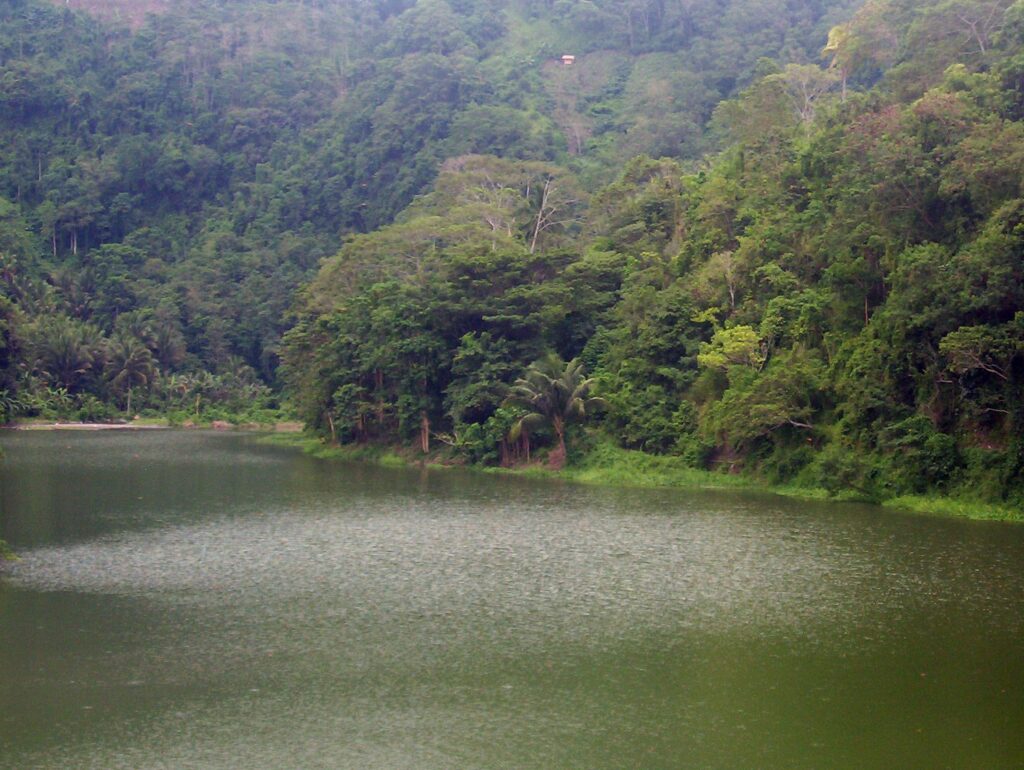
Around the world, there is a growing realization that climate change, caused primarily by the burning of fossil fuels, is a more serious threat to the international community than terrorism. The threat of climate change is as dangerous as war, warned then UN Secretary-General Ban Ki-moon in early 2007. He added that upheavals due to climate change impact range “from droughts to inundated coastal areas and loss of arable land.” He believed that all these “are likely to become a major driver of war and conflict.”
This is where renewable energy comes into the picture. Renewable energy technologies are now ready for use on a large scale and have the potential to meet world energy demand many times over, said Dr. Janet Sawin, a senior fellow at the institute and an expert on international energy and environmental policy.
“Renewable energy offers tremendous potential and, combined with improvements in energy efficiency, could fuel the economy of the future,” Dr. Sawin pinpointed. “The future is in renewable energy — not in outdated and environmentally destructive fossil fuels,” agreed Anna Abad, Climate and Energy campaigner for Greenpeace Southeast Asia.
Power crisis
Almost three decades ago, then energy undersecretary Rufino Bomasang told participants of a media briefing on business and economics reporting convened by the Press Foundation of Asia at Los Baños, Laguna: “Our shortage of electricity is a real, serious problem that we cannot downplay. But if we focus exclusively on it, we run the risk of seeing just the trees and not the forest.”
The scenario has not changed even until now. While power supply in Metro Manila is sufficient “for now.” Mindanao, the country’s second-largest island, is expected to have blackouts of up to six hours a day during the summer months.
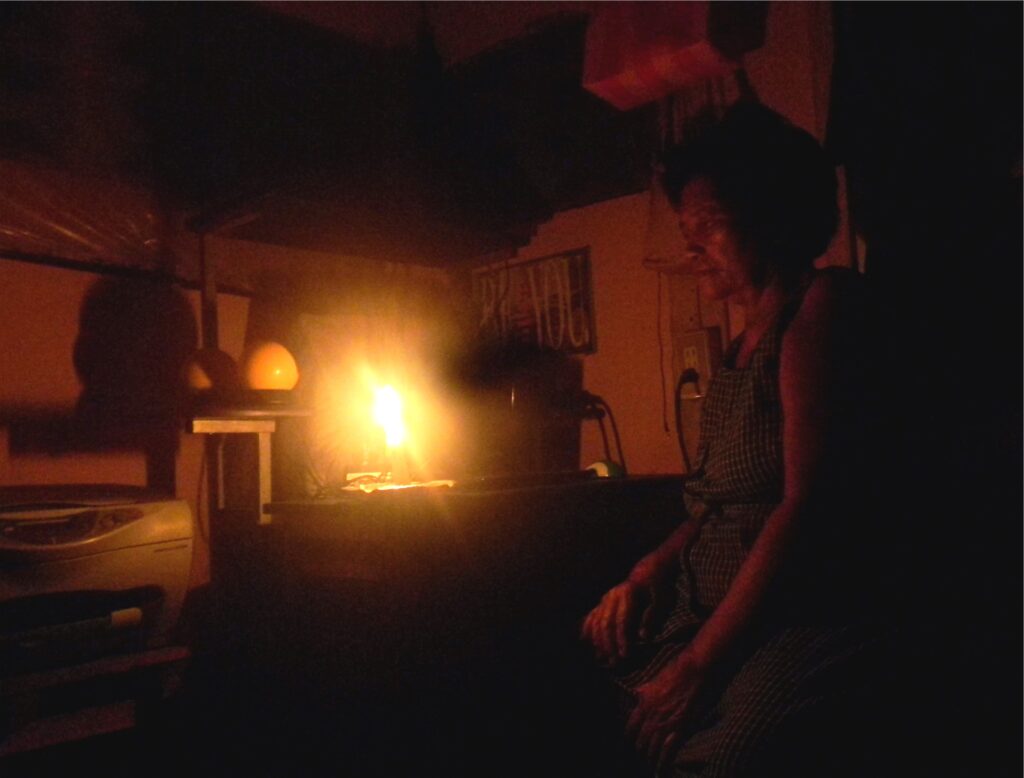
Speaking in London in June 1997, then British Environment Michael Meacher said: “Energy policies should be designed to promote cleaner, more efficient energy use and production. We want a new and strong drive to develop renewable energy sources. Doing so will create jobs, win exports and protect the environment.”
Power from the water
Perhaps one renewable energy source that has not been fully tapped until now is water, which covers over 70 percent of the earth’s surface. Electricity produced by water movement has been used for decades. About 16 percent of the world’s electricity is generated by hydropower.
According to the Washington-based Worldwatch Institute, the world’s top five producers are Canada, China, Brazil, the United States, and the Russian Federation. Several countries, including Brazil and Norway, obtain almost all their electricity from this one source.
Hydropower can be generated by waterfalls (the first hydroelectric plant was built on Niagara Falls in 1878), rushing rivers and streams, and man-made dams, all of which allow a controlled amou1nt of water to pass through the pipes that spin turbines – creating electricity.
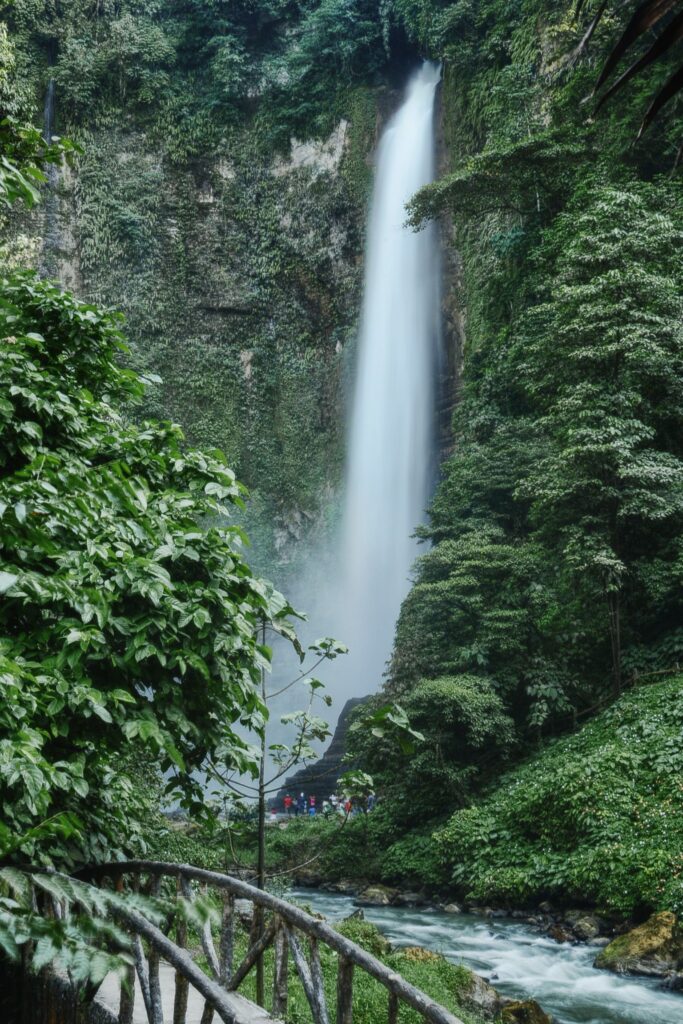
Waterfalls are a good source of hydropower 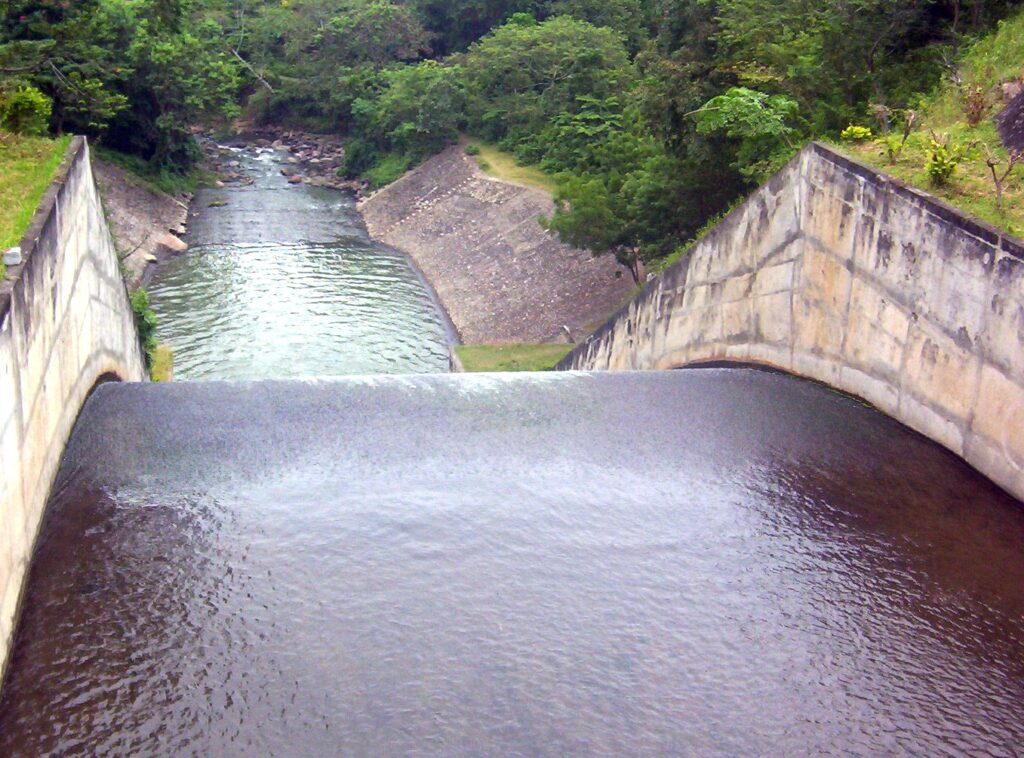
Water runs through it
Electric power is measured in units called watts. A watt is equal to one joule per second. A power plant’s total generating capacity is measured in kilowatts for 1,000 watts and megawatts for one million watts.
Enormous dams such as the Hoover (1,455 megawatts) and the Grand Coulee (6,180 megawatts) produce large quantities of power. “Growing interest in developing hydroelectric power is largely an outgrowth of governments’ desire to be more self-sufficient in energy and to provide low-cost electricity,” wrote Cynthia Pollock Shea in Renewable Energy: Today’s Contribution, Tomorrow’s Promises.
A World Bank report in the 1980s showed the Philippines as one of the “thirteen largest additions to hydroelectric capacity in developing countries.” From an operating capacity of 940 megawatts in 1980, it went up to 2,195 megawatts in 1985. In 1998, the total hydropower capacity stood at 2,304 megawatts or almost 20 percent of the country’s total installed capacity.
Hydropower potential sites
According to the Department of Energy, there are 1,081 hydropower potential sites scattered throughout the country. “Hydropower can produce a lot of megawatts,” Bomasang pointed out in 1994.
Most of the country’s hydropower plants are in the form of a dam that backs up the water and raises the level—the released waterfalls into a turbine that generates electricity. “Impounding a river radically changes the surrounding ecosystem,” Shea wrote. “Nutrient-bearing sediments, instead of being deposited on agricultural floodplains and providing food for downstream fish, accumulate behind turbines and dams. Hydroelectric dams may also change the temperature and oxygen content of downstream waters, altering the mix of aquatic and riparian species.”
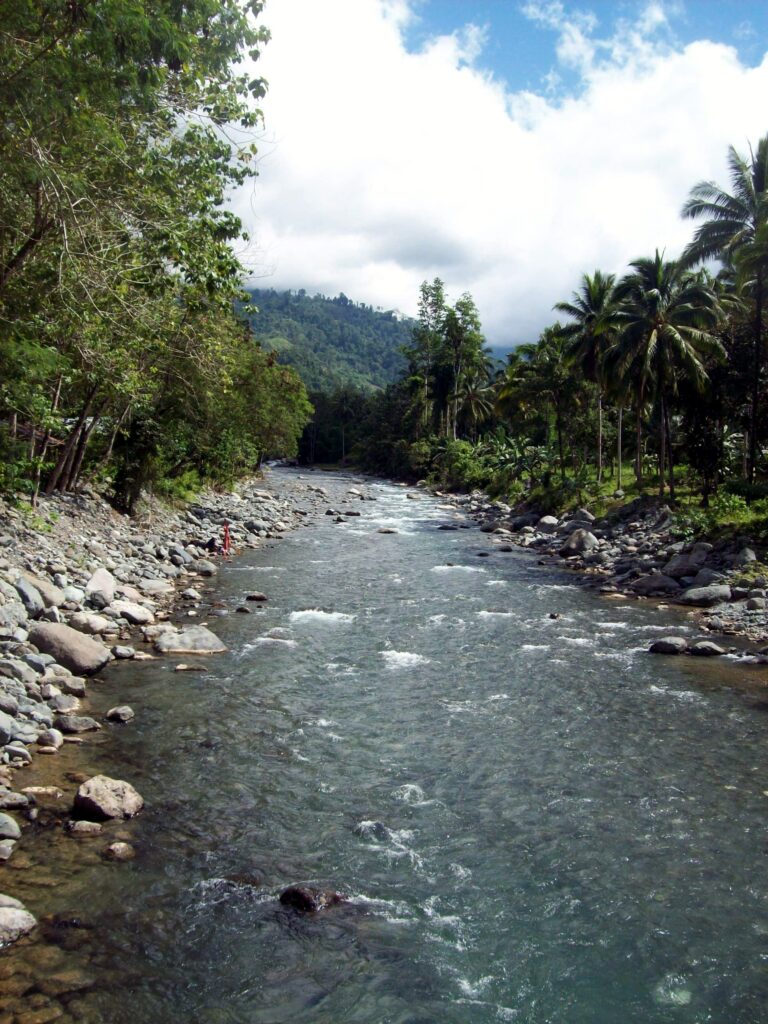
Smaller hydropower plants, however, do not necessarily require dams. They use a series of pipes with turbines inside, which are turned by the current. During his lecture, Bomasang said that “we have the mini-hydro and micro-hydro plants, with a potential of as much as 200 megawatts in the Cordilleras alone.”
He added, “No rice floods are flooded – just a very short dam to collect and divert the water, use it to turn the turbines, and then return the same amount of water to the creek.” Indeed, they have less of a negative impact on the local ecosystem.
Environment-friendly
But are hydropower plants really environment-friendly? Some scientists believe that hydropower from man-made dams produces significant amounts of carbon dioxide and methane, which are greenhouse gases closely connected to climate change.
“Large amounts of carbon bound up in trees and other plants are released when a reservoir is initially flooded and the plants rots,” Worldwatch points out in a recent report. “And as plant matter settling on the reservoir bottom decomposes without oxygen, it leads to a buildup of dissolved methane, which is released into the atmosphere when water passes through the dam’s turbines.”
To operate well for many decades, hydro projects require sound management, not just of equipment but of entire watersheds. “Hydroelectric power will not be truly renewable until the functions of flood control, irrigation, transportation, power production, tree planting, fisheries management, and sanitation are coordinated within the overall goal of maintaining healthy and productive rivers,” Shea reminded.
However, in the final analysis, “hydroelectric power creates virtually no pollution problems,” writes H. Steven Dashefsky, the man behind Environmental Literacy: Everything You Need to Know About Saving Our Planet. “Small-scale projects cause little harm to the environment, but larger projects are environmentally destructive.”

